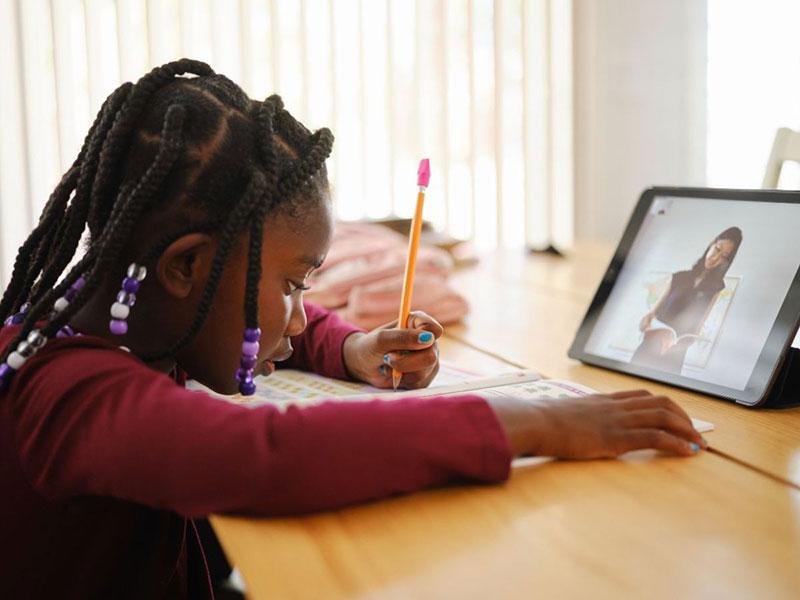Demographics, health and political factors contributed to K-12 schools continuing remote instruction
Decisions about whether to reopen K-12 schools in the United States in fall 2020 and spring 2021 were linked to community demographics, health considerations and political factors, according to a new study from the National Center for Research on Education Access and Choice (REACH) at Tulane University.
Other studies have examined the same topic and concluded that political factors were the driving force behind school reopening, more so than health risks. The REACH study analyzed a wider range of factors than earlier studies. After accounting for various differences between school districts, researchers concluded that measures like demographics and COVID-19 positivity rates also played a significant role in reopening decisions.
“Identifying the real causes of school reopenings is complicated by the fact that demographic factors are so closely related to COVID-19 health outcomes and political orientation,” study co-author and REACH Director Douglas Harris said. “This makes it difficult to separate one factor from another.”
Researchers found that schools in districts with greater Black and Latinx populations, and people living in poverty, were more likely to have remote instruction.
“Other research has shown that remote learning is less effective than in-person learning,” study co-author Daniel Oliver, an economist at Tulane, added. “Because we find that districts with higher percentages of Black and Latinx students were less likely to reopen in person, the negative effects of remote learning may fall disproportionately on students of color.”
Health considerations also predicted school reopenings with communities with higher COVID-19 positivity rates were more likely to have remote learning in the fall.
Data suggest that political factors were important to reopening decisions, too. Consistent with other studies, the REACH study found that schools in communities with a higher share of Democratic voters were more likely to stay remote in the fall. Union representation of teachers also predicted more remote instruction, but to a much lesser extent than Democratic vote share.
“Politics certainly mattered when deciding whether to reopen schools, but the picture is more complicated than that,” Harris said. “Especially in our politically polarized world, it is important not to overstate the role that politics play in important decisions.”

